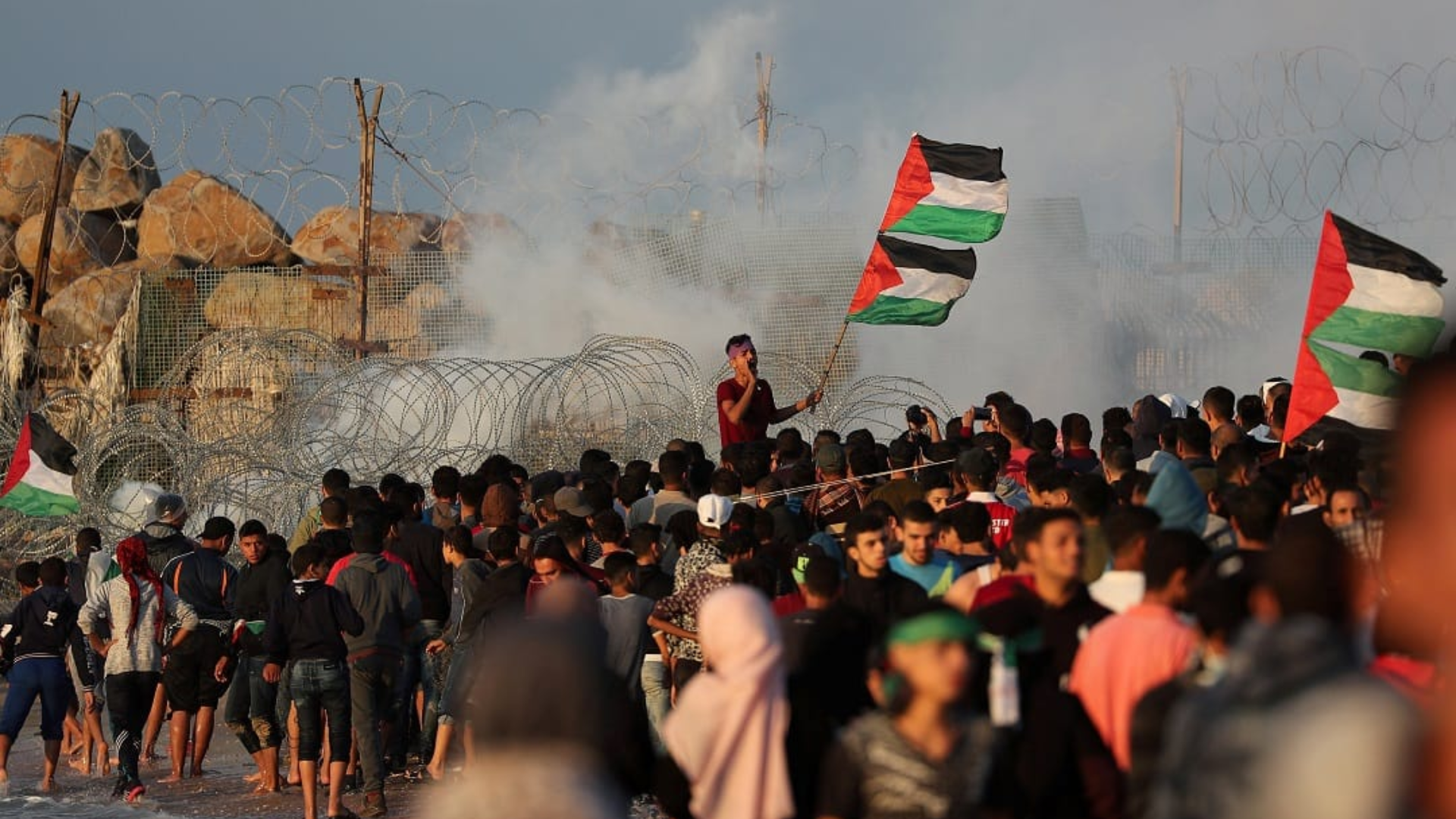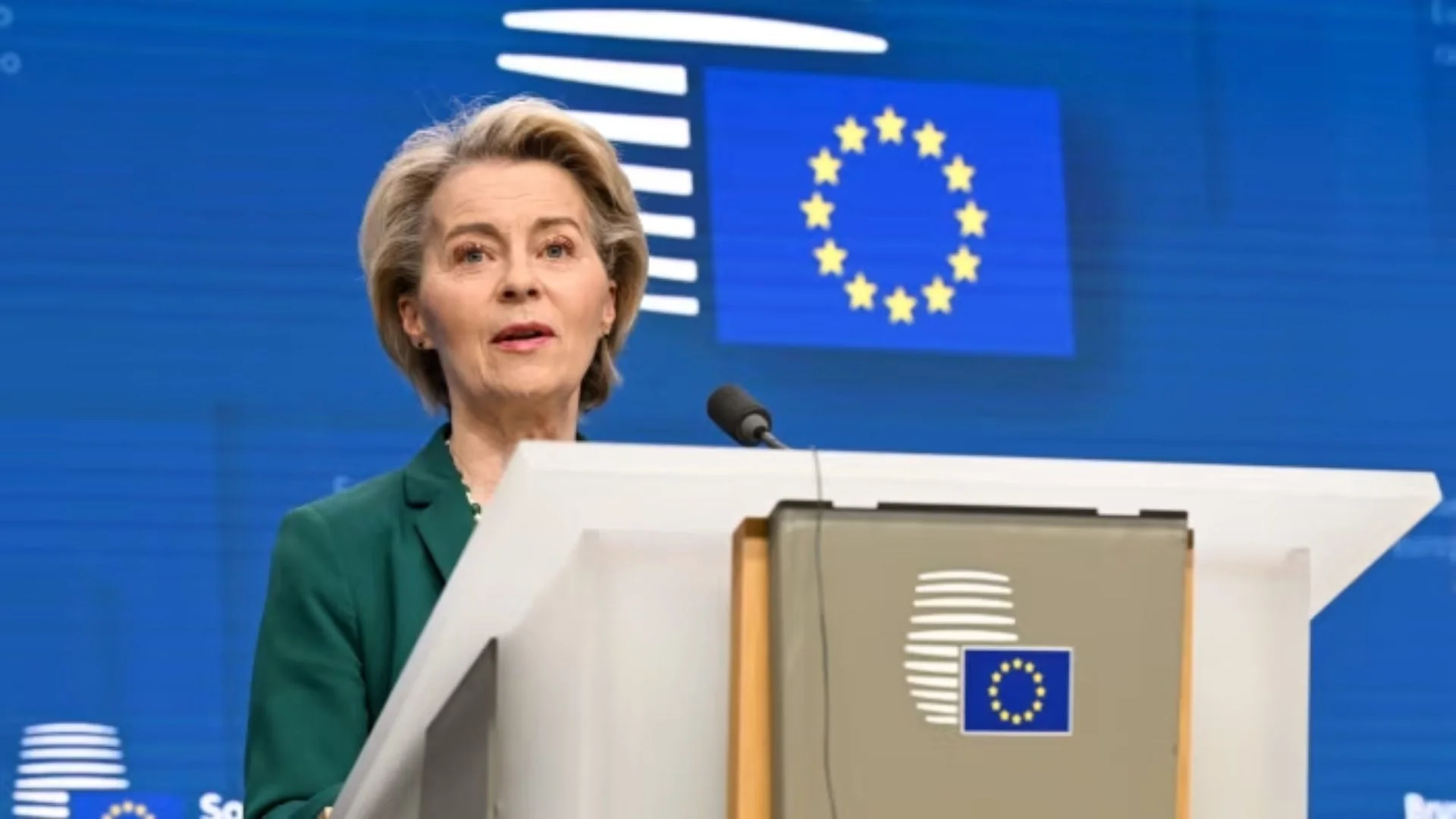Antony Blinken, the U.S. Secretary of State, emphasized that if a ceasefire in Gaza does not occur, Hamas alone would bear responsibility. Blinken urges Israel and Hamas to move ahead with a cease-fire deal and says ‘The time is now’
Israel and Hamas have engaged in months-long negotiations aimed at reaching a deal to release hostages held in Gaza and to halt the ongoing conflict. These negotiations have significant implications for the lives of Palestinian civilians and the overall stability of the region.
Israel’s Concessions: A Shift in Approach
Israel, initially a reluctant negotiator, has made significant concessions in recent weeks. These concessions include a willingness to withdraw troops, release more Palestinian prisoners, and allow displaced Gazans to return to their homes in the north.
Hamas’s Reluctance: Reasons and Consequences
- Failure to Embrace Compromises: Despite Israel’s concessions, Hamas has not fully embraced the compromises, leading to frustrations in the negotiation process.
- Concerns about Sacrificing Civilians: Hamas’s reluctance to agree to a Gaza ceasefire has raised concerns about its willingness to sacrifice more Palestinian civilians. Some believe that Hamas sees civilian casualties as a means to erode global support for Israel.
- Strategic Considerations: Hamas may be strategically holding out for additional concessions, such as a promise from Israel to end the war entirely, before committing to a ceasefire agreement.
- Political Dynamics within Hamas: The role of Yahya Sinwar, the Hamas military leader, is crucial. Sinwar’s involvement and the protection he receives from hostages he uses as human shields further complicate the negotiation dynamics.
US Involvement and Efforts:
- Mediation and Pressure: American officials, along with Egyptians and Qataris, have been mediating the negotiations and putting pressure on both Israel and Hamas to reach a viable agreement.
- CIA Director’s Involvement: William J. Burns, the C.I.A. director and lead negotiator, has proposed plans accommodating key Hamas demands, such as the return of refugees and the release of prisoners.
- Seeking a Temporary Ceasefire: The American strategy has been focused on securing a temporary ceasefire as a first step towards a more permanent resolution, including the release of hostages and prisoners and the expansion of humanitarian aid.
Challenges:
- Final Status Issues: The negotiations face challenges typical of Israeli-Palestinian peace talks, particularly regarding “the final status” issues that often impede progress.
- Hamas’s Strategic Calculations: Hamas’s reluctance to agree to a ceasefire without certain assurances reflects its strategic calculations and priorities, which may not align with immediate ceasefire objectives.
- Path Forward: The path forward remains uncertain, with the need for Hamas to make critical decisions regarding the ceasefire, hostages, and broader peace efforts.
The reluctance of Hamas to agree to a ceasefire stems from a complex interplay of strategic, political, and humanitarian considerations. The ongoing negotiations and international efforts underscore the challenges in reaching a lasting resolution to the Israeli-Palestinian conflict.























